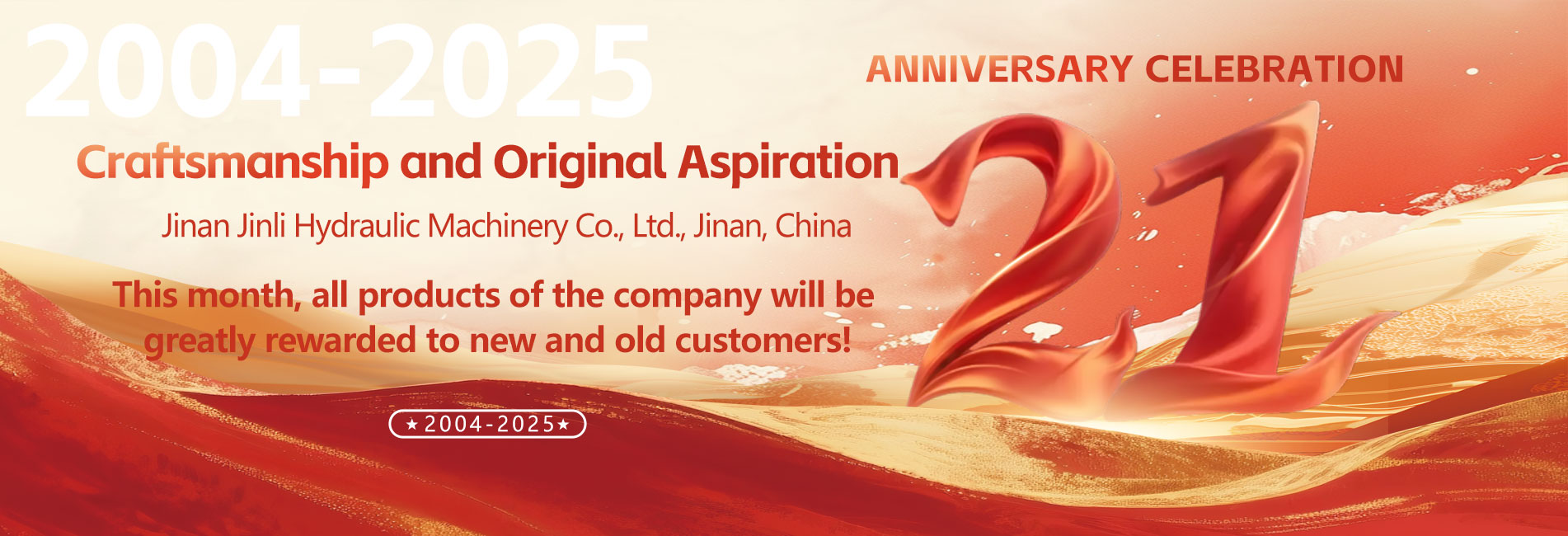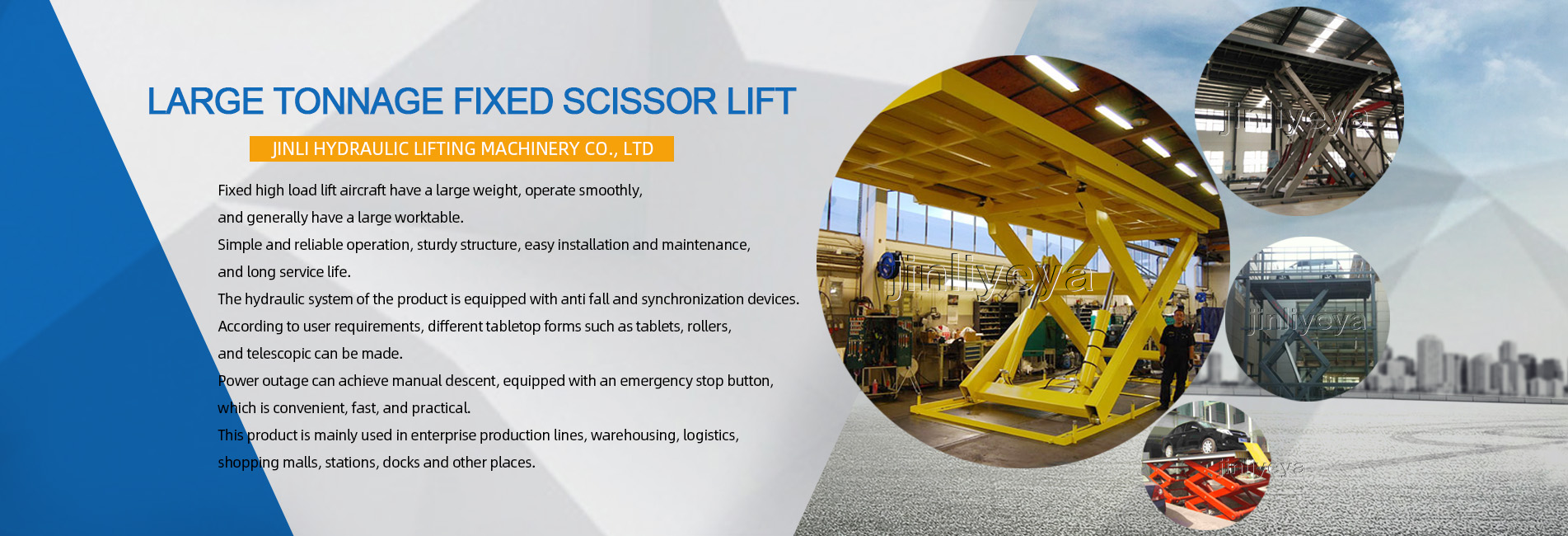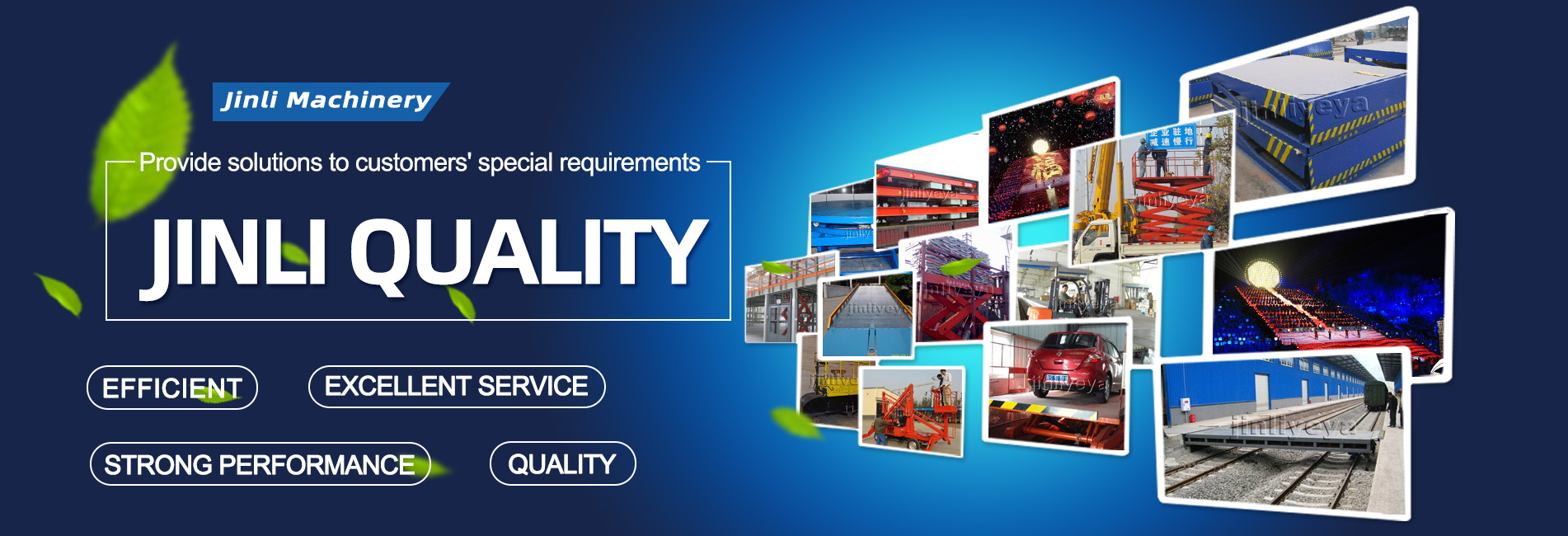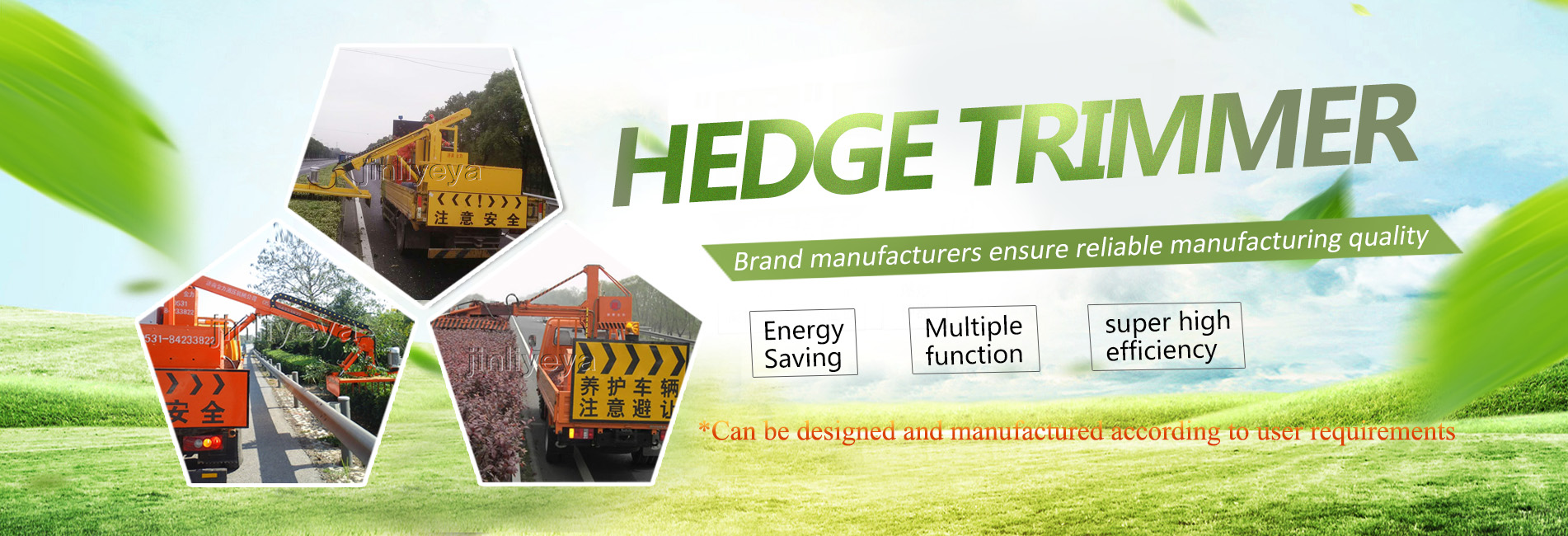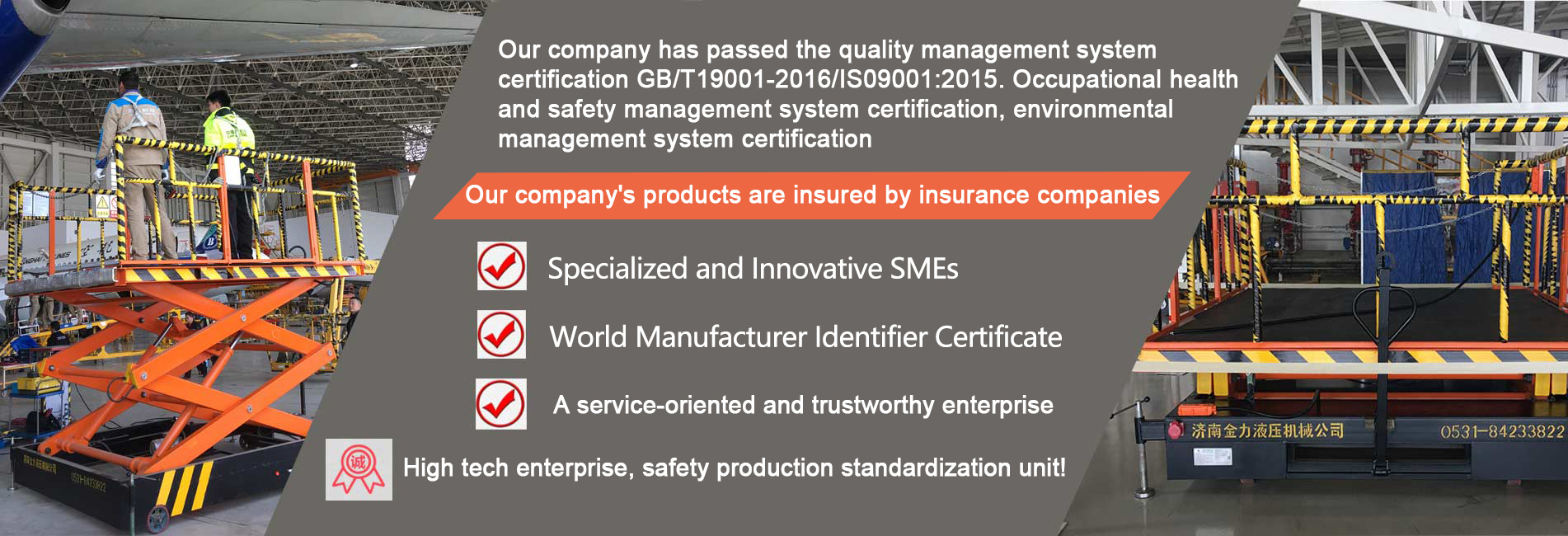1. The inner and outer layers of the high-pressure rubber hose wall are made of acid and alkali resistant vulcanized rubber, with 2-4 layers of crossed hand woven steel wire or coiled steel wire in the middle. Poor quality rubber hoses may have uneven wall thickness; Hand woven steel wire is too tight, too loose, or the number of layers of steel wire stacking is too few; The deformation of the hose after pressurization can be greatly affected by stretching, reducing, or bending; Poor sealing of the outer layer of adhesive causes rusting of the steel wire; The poor sealing of the inner layer of adhesive leads to the arbitrary entry of high-pressure oil into the steel wire layer; The adhesion between the adhesive and the steel wire layer is insufficient. The above-mentioned conditions all reduce the load-bearing capacity of the rubber hose, and eventually crack at the weak foundation of the pipe wall. 2. Poor selection of clamping amount and clamping speed during the assembly line of rubber hoses and joints, or unscientific selection of joint structure, materials, and specifications, can cause the rubber hoses and joints to be pressed too tightly or too loosely, resulting in initial damage to the joints. When assembling the assembly line, if the clamping amount is too small, that is, when the pressure between the joint and the hose is too loose, the hose may slip out of the joint in the early stage of application under the effect of steam pressure; If there is too much pressure, the joint and the hose will be pressed too tightly, which can easily cause partial damage to the inner layer of the hose, resulting in cracks. High pressure oil immediately enters the steel wire layer from the crack, and then flows along the gap between the steel wires to the end of the sports jacket to spray out, or continues to flow along the steel wire layer until it accumulates at a certain point, causing the outer layer of rubber to pack and even crack. {3}
{1}
{2}
{3}

